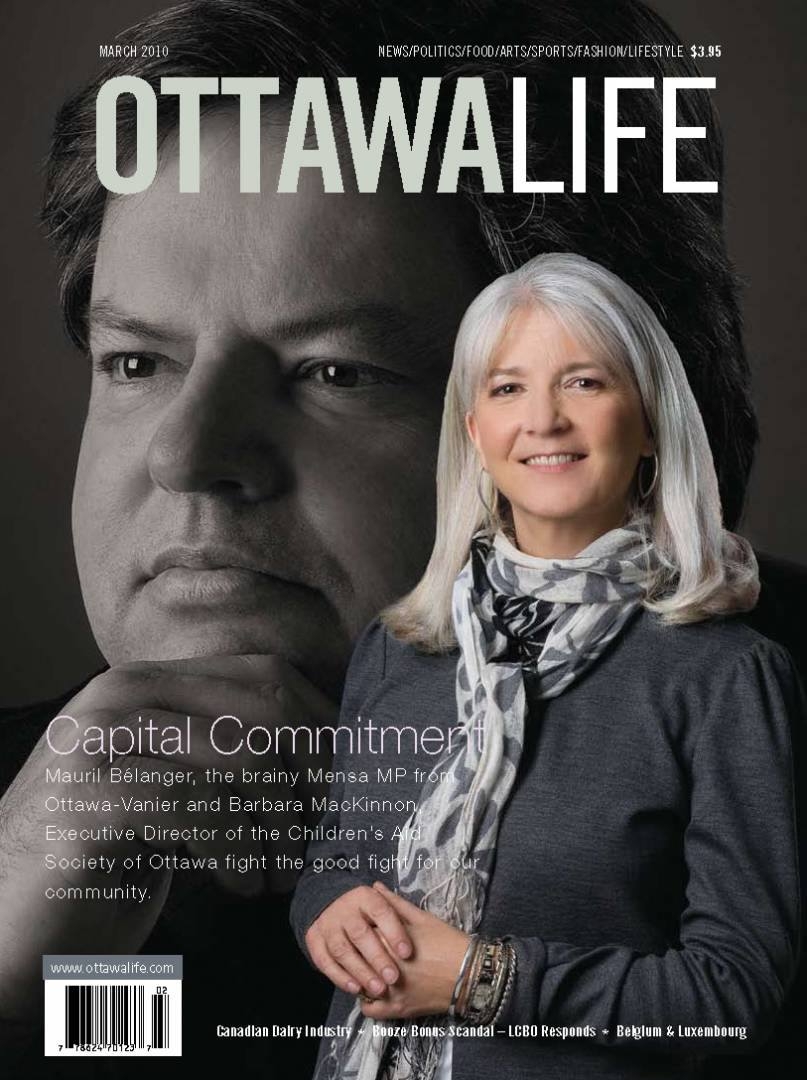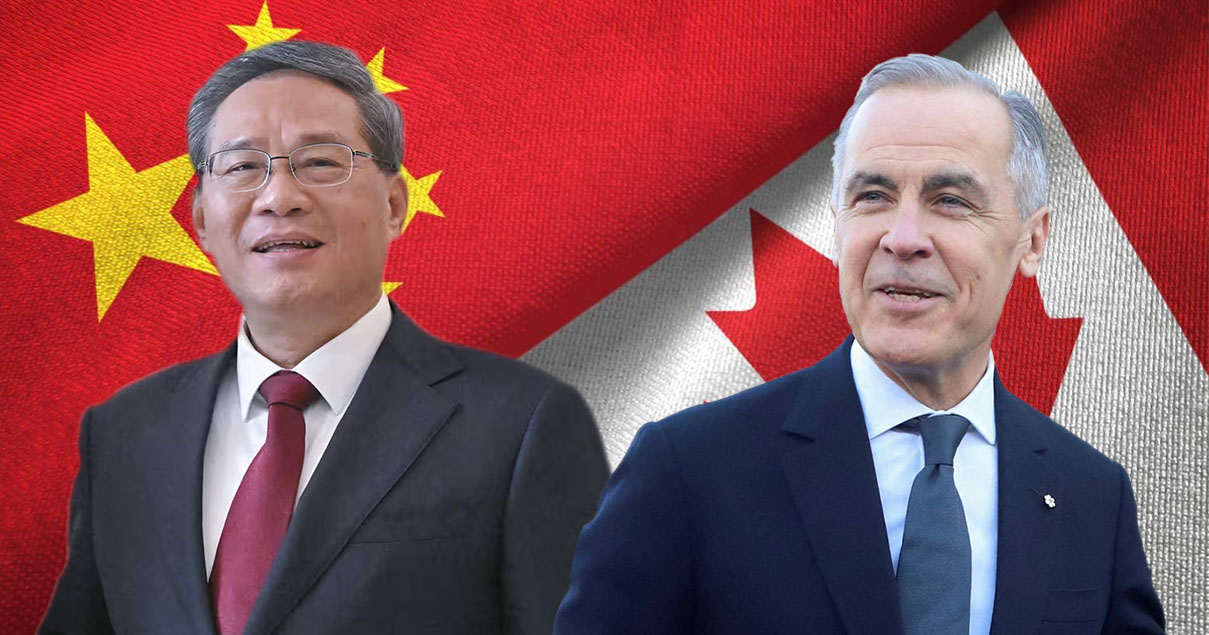
The Right to Strike: Important Symbol, but Imperfect Persuader
The right to strike is something of a sacred touchstone for the labour movement, and with good reason. Throughout most of the 19th century, it was illegal for a group of workers to collectively withhold their labour, as it was deemed to be a conspiracy “in restraint of trade”. In the late 19th century and first half of the 20th century, the rise of collective bargaining for organized groups of employees was largely leveraged by the newly established right to strike. But having the right to strike doesn’t necessarily make calling a strike the best tactic for advancing the interests of groups of employees.
Strikes and lockouts can be very hard on the workers. For example, the recent postal strike in Canada cost the postal workers a month’s pay. Yes, they did receive so-called strike pay while on strike, but those small amounts were just some of their union dues being returned to them. A sort of left pocket to right pocket transfer. While we do not yet know what the final settlement will provide, it will likely be a year or two before those workers can break even for the losses they experienced during that month, just before Christmas.
I’ve been involved in labour relations for half a century. I’ve negotiated collective agreements in four provinces. At different times I’ve been a chief negotiator for labour, a chief negotiator for management, and an arbitrator. I’ve been involved in settling more than 30 collective agreements and advised on many more. Some of those agreements could not be finalized at the bargaining table, but those that could not be entirely resolved by negotiation were, in the end, referred to binding arbitration, instead of the parties bludgeoning one another with the crude instruments of strike or lockout. I’m now a big fan of binding arbitration. In some of the collective agreements that I negotiated, I managed to insert provisions that, at the end of the contract duration, if the parties could not reach agreement on the follow-on contract, either party could trigger a provision that would send the issues still in dispute to binding arbitration.
I’ve never been disappointed with the outcome of such an arbitration. It seems that the only way an arbitrator can stay on the list of those arbitrators likely to be agreed upon by parties in dispute is to have a reputation for consistently finding a fair middle ground. Arbitrators are expected to imagine what the parties might have agreed to, had the process of convergence at the bargaining table succeeded. Consequently, binding interest arbitration almost always produces a result that (sort of) satisfies all concerned.
So why don’t employers and unions opt for binding arbitration more often? Part of the reason is doubtless emotional. In the heat of a conflict, turning the outcome over to an arbitrator or arbitration board often feels like a loss of control. Plus, the sacredness of the right to strike tends to make it the automatic first choice of some unions. And sometimes a strike satisfies some internal or external political need or issue.
But some of the failure to use binding arbitration comes from misunderstanding and myth. Let’s examine some of these elements.
When most unions and employers think of arbitration, they think of the process of arbitration that is used to resolve individual or group grievances that hinge upon the interpretation of a collective agreement that is already in force. All collective agreements provide for arbitration of grievances that cannot be solved by discussion between the parties. So, most unions and employers, when they hear the term “arbitration”, think immediately of the arbitration of grievances that is automatically provided for in every one of the labour relations acts in Canada. Most of them have plenty of experience with grievance arbitration and zero experience with the other type, called “interest arbitration”.
Only a very few collective agreements provide for interest arbitration if the parties cannot otherwise agree on the terms of the contract renewal. In those cases, part of the process of confidence building about such a methodology can be achieved by including an agreed-upon short list of names of possible arbitrators in an appendix to the agreement, so that, if the parties need to go that route, they have a pretty good idea in advance of the recent trends in the decisions of whoever might be selected.
A widely held misunderstanding about interest arbitration is that many employers and unions think that it can only be used in situations where the sole matter still in dispute is pay and benefits. This is not the case. I vividly remember one arbitration board that I served on, because, in that case we were arbitrating a first collective agreement in a newly unionized environment, and the negotiations for the first agreement had been so fraught that there had been almost no convergence on a wide range of issues. Consequently, the arbitration board had to resolve 18 articles of the collective agreement (more than half of the whole agreement). In fact, most of those 18 articles were nearly a greenfield site, as the parties had hardly moved off their opening positions, so the arbitration board had great latitude when writing those 18 articles.
Interestingly, the three members of the arbitration board (one nominated by management, one nominated by the union, and one neutral chair) all agreed with all parts of the text that we wrote for those 18 articles. In the end, there was no minority view. And, to our very great pleasure, evidently both parties were entirely happy with the result.
One of the reasons why conventional interest arbitration works so well is that it relieves both the union and the management of an awkward responsibility. That is the responsibility to engage in logical convergence, while maintaining the interests of those they represent. The parties often struggle to know how to converge, fearing that to begin in that direction will be read as a sign of weakness. Convergence is a tricky process for amateurs. How quickly should they do it? Will the folks they represent view them as weak or disloyal? Are they telegraphing too much about their hopes for a final disposition? It is often better to let the arbitrators “hear between the lines” and figure out where the logical meeting point should be on an issue.
There is, however, one somewhat novel system of interest arbitration that does force some convergent thinking on the parties. It is a system which is not very useful when multiple issues remain to be resolved, but is often very effective when only a single issue (or a tightly related group of issues) remains to be resolved. Often it works well when only pay issues remain unresolved. It is called Final Offer Selection (FOS), and under that system the arbitrator (sometimes called a “selector”) cannot interpolate between the parties’ positions to produce a middle-ground decision, but rather must pick the final written position of either the union or the management. One or the other, and not in between. And since these two final positions are submitted in writing, without oral argument, neither party knows what the other party submitted as a final position. This creates huge pressures for convergence. Each party thinks, “If we’re a bit unreasonable, the selector will pick the final position of the other party, to our disadvantage”. Sometimes the pressure for convergence is so great that the union and management sort of “pass in the night”, with the union demanding less in its submitted final offer than management offered in its submitted final offer. At that point a wise selector says something like, “The two of you need to talk”.
I’ve only been directly involved in a FOS process once, but I can confirm that it does create a different climate between the parties than conventional arbitration does. Instead of taking fairly extreme postures, in the hope of acting a bit like a tugboat, and dragging the arbitrator a bit closer to their side, the parties immediately start thinking in convergent terms. It means that, whichever side “wins”, neither will feel that they were, at that last moment, very far apart.
Both conventional binding interest arbitration and FOS have huge advantages over strikes and the standard employer response of lockout. I remain puzzled as to why they are not used more often. Somehow, the impression has been created that binding interest arbitration is only for disputes involving employee groups that have been declared “essential” by the government and, therefore, cannot strike or be locked out. I can tell you from my own experience that such a narrow view is a mistake.
The benefits of resolving an impasse in collective agreement negotiations by referring the outstanding issues to some form of binding interest arbitration are extensive and fairly obvious. The workers gain because, with no strike or lockout, there is no interruption of their wages. The employer gains because there is no disruption of the business of the enterprise. The union gains because is has not become unpopular by annoying or inconveniencing the public. The employer gains in image by avoiding the appearance of being a bully. And both parties gain in terms of their ongoing relationship, because they sense that, in the end, fairness has prevailed.
So why don’t unions and employers use a provably fair system like binding interest arbitration somewhat more often, instead of relying upon the blunt instruments of strike and lockout? Binding interest arbitration is an alternate process that fits many, but not all, disagreements over contract negotiation.
The right to strike is important, but should be used less frequently. Much of the time, binding interest arbitration is better for all concerned.
PHOTO: Fred Rutherford Photography










